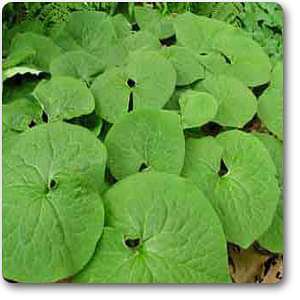
Wild Ginger, Asarum Canadense - Plant
(MRP Inclusive of all taxes)
- Shipping ₹79 for entire order
- Dispatch in 7 days
- Country of origin: India

(MRP Inclusive of all taxes)
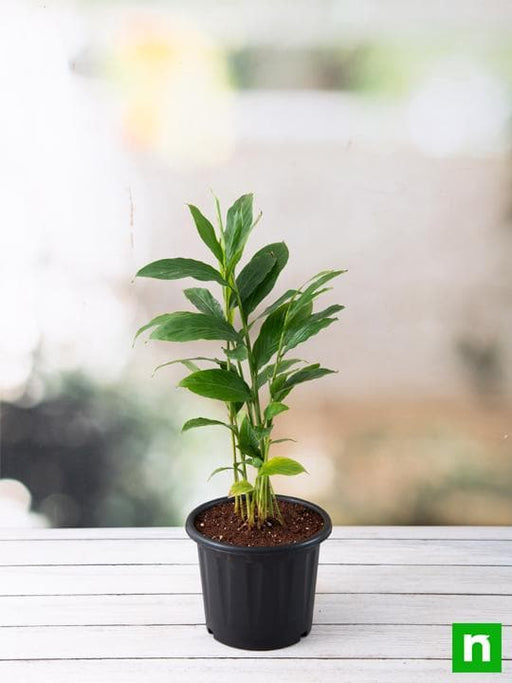
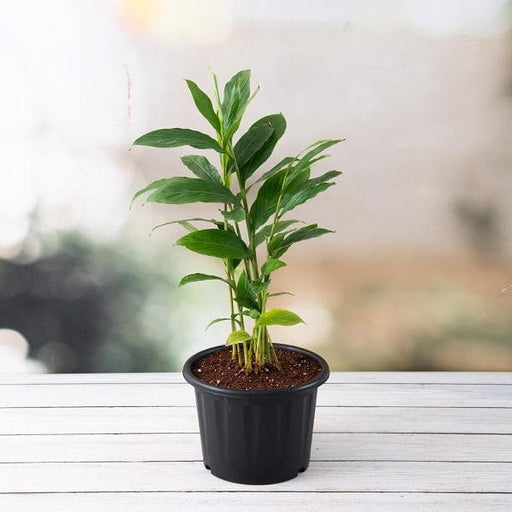 Save 25%
Save 25%
Alpinia Purpurata, Red Ginger - Plant Alpinia purpurata, commonly known as Red Ginger, is a stunning tropical plant renowned for its vibra...
View full details Save 17%
Save 17%
White Ginger Lily, Sontakka - Plant The White Ginger Lily, scientifically known as Hedychium coronarium, is a stunning perennial plant cel...
View full details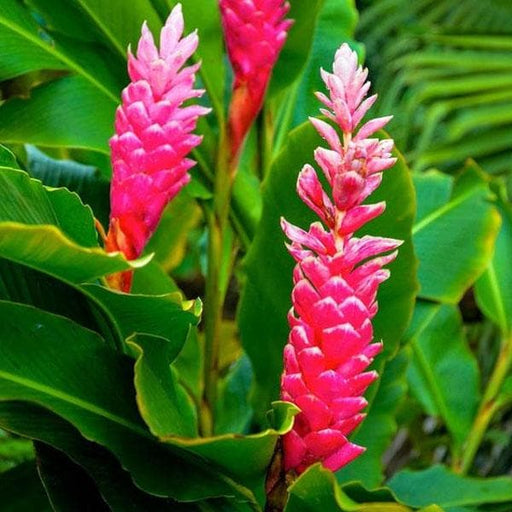 Sold out
Sold out
Alpinia Purpurata - Pink Ginger Plant The Alpinia Purpurata, commonly known as Pink Ginger, is a stunning tropical plant renowned for its ...
View full details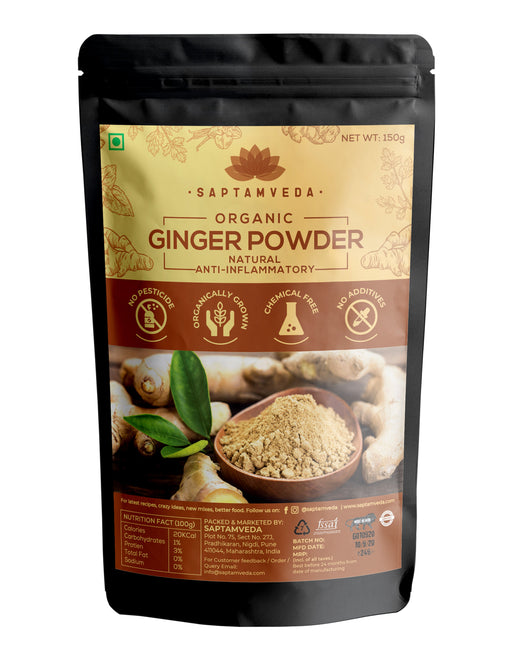 Sold out
Sold out
DescriptionGinger Powder is a versatile spice derived from the rhizome of the ginger plant, revered for centuries for its medicinal and culinary ap...
View full details Sold out
Sold out
DescriptionGinger oil is a therapeutic essential oil that is extracted from the root of the ginger plant, scientifically called Zingiber officinale...
View full details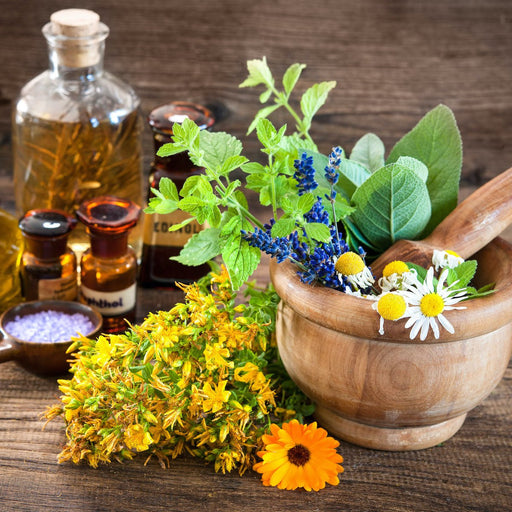 Sold out
Sold out
DescriptionGinger roots are the fleshy underground stems of the ginger plant, scientifically known as Zingiber officinale. It is a widely used spic...
View full details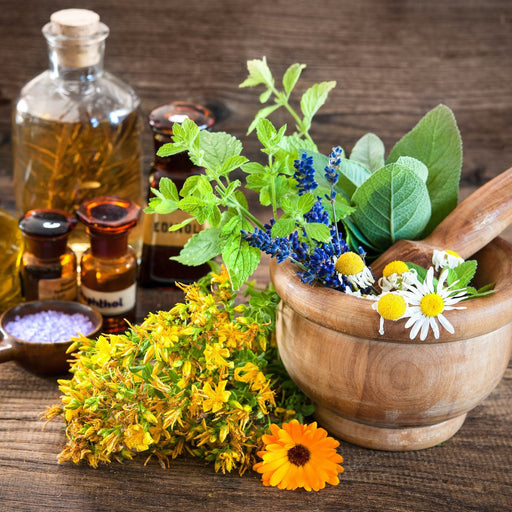 Sold out
Sold out
DescriptionGinger tea is a type of herbal tea made from the roots of the ginger plant. It is a flavorful and aromatic beverage that is enjoyed arou...
View full details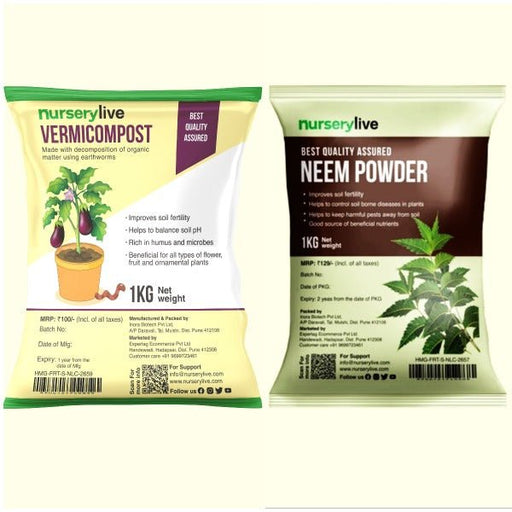 Save 15%
Save 15%
Pack of Vermicompost and Neem Cake for House Plants Transform your indoor garden with our premium Pack of Vermicompost and Neem Cake, spec...
View full details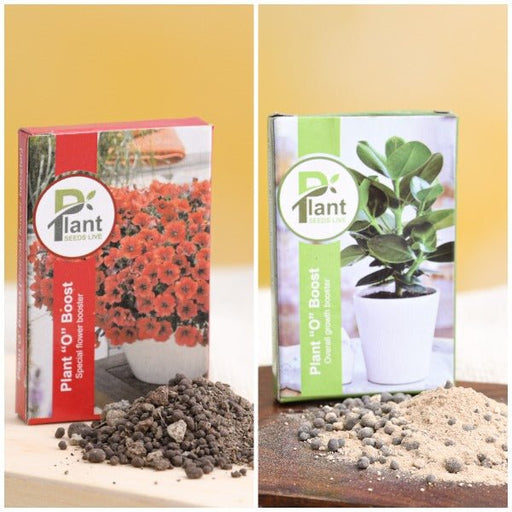
Pack of Plant Growth and Flower Boosters Unlock the full potential of your garden with our Pack of Plant Growth and Flower Boosters! This ...
View full details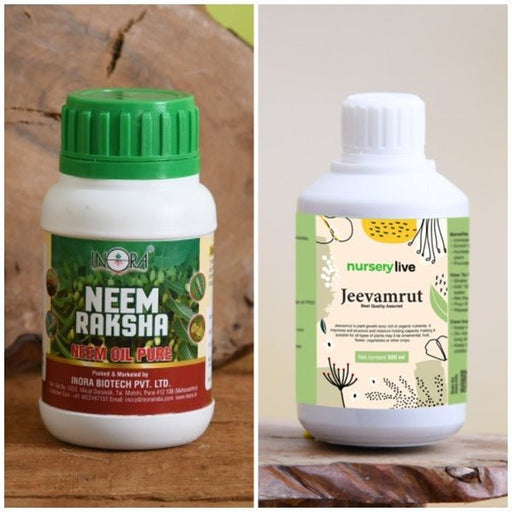 Save 38%
Save 38%
Combo of Jeevamrut and Neem Raksha for Easy Growth and Protection of Houseplants Transform your indoor garden with our exclusive combo of ...
View full details Save 22%
Save 22%
Plant Nutrients Kit (Pack of 16) for a Healthy Garden Transform your garden into a lush paradise with our Plant Nutrients Kit, featuring 1...
View full details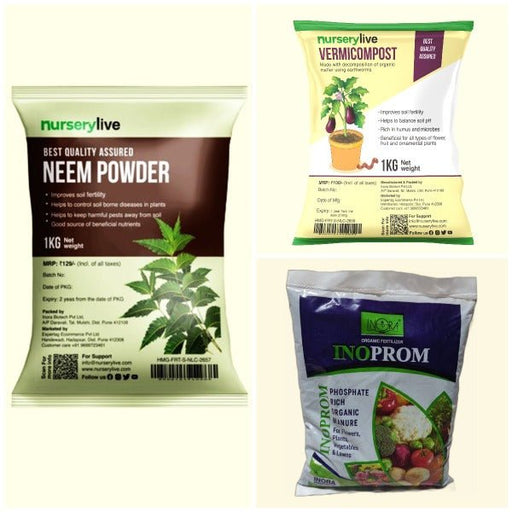 Save 16%
Save 16%
Combo of Top Plant Fertilizers Elevate your gardening game with our exclusive Combo of Top Plant Fertilizers, featuring two bags of premiu...
View full details Save 24%
Save 24%
Pack of 4 Additives to Make Soil Healthy and Nutrient Rich Transform your garden into a thriving ecosystem with our Pack of 4 Additives de...
View full details Save 30%
Save 30%
Transform your gardening experience with our premium Combo of Perlite and Vermiculite. This unique blend is designed to enhance soil aeration and ...
View full details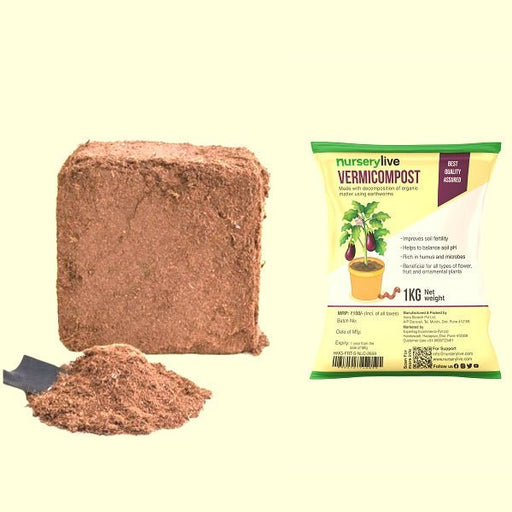 Save 27%
Save 27%
Combo of 2 Vermicompost and Cocopeat - Enrich Your Soil Naturally! Transform your garden into a thriving ecosystem with our Combo of 2 Ver...
View full details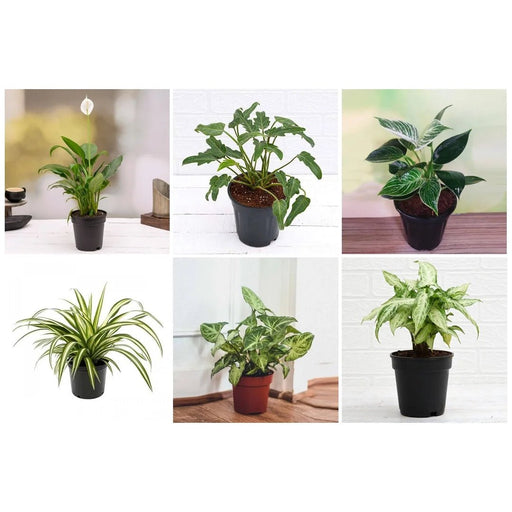
 Save 35%
Save 35%
Best 6 Plants for Perfect Indoor Garden Transform your living space into a lush oasis with our curated collection of the Best 6 Plants for a...
View full details
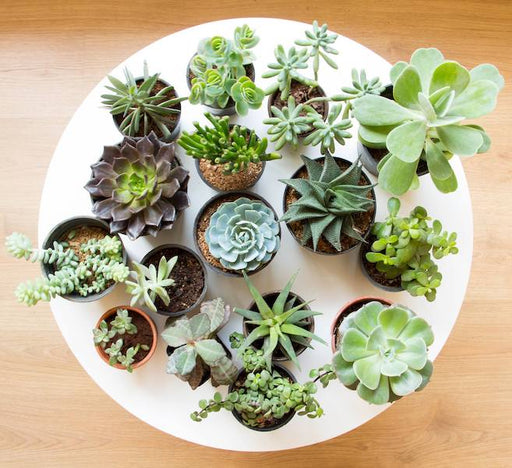 Save up to 50%
Save up to 50%
Mini Succulent Garden Pack Transform your space with our Mini Succulent Garden Pack, featuring a delightful collection of 4 any variety beautiful s...
View full details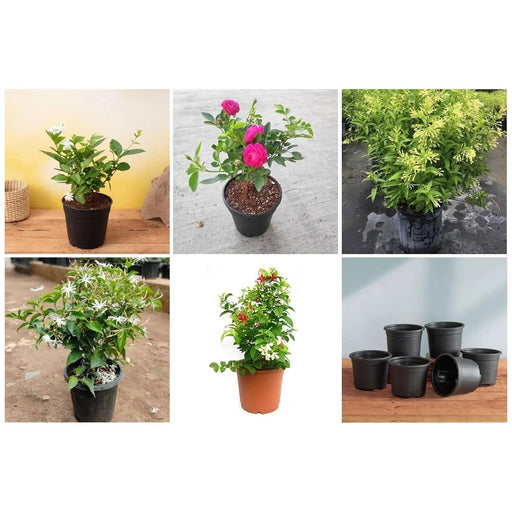
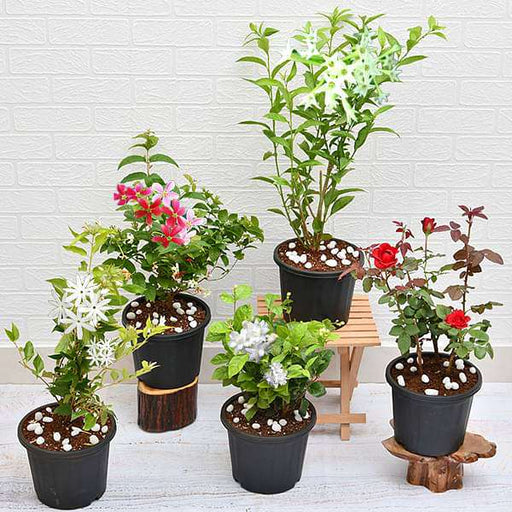 Save 30%
Save 30%
5 Best Fragrant Plants Transform your garden or indoor space into a fragrant paradise with our curated selection of the 5 Best Fragrant Plants. Th...
View full details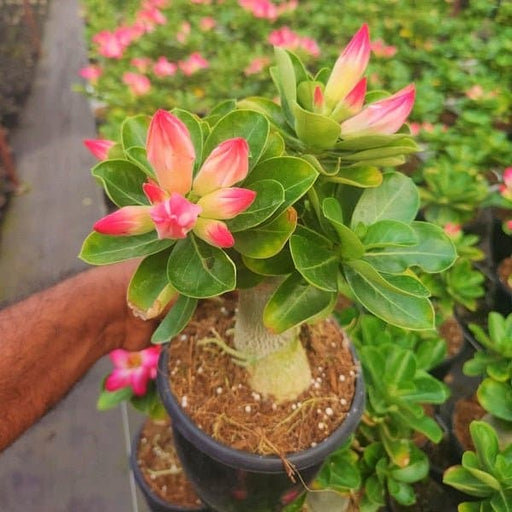
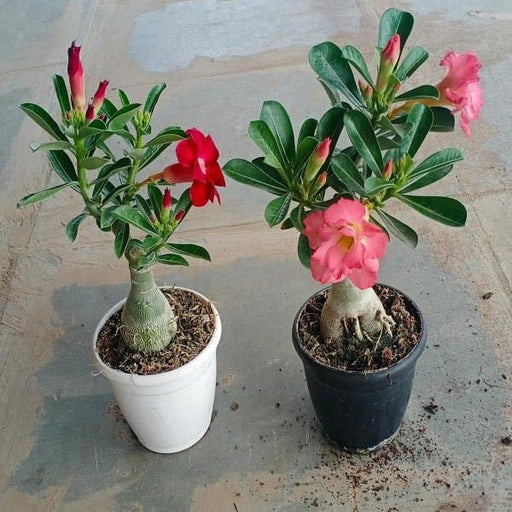 Save 24%
Save 24%
Set of 2 Bonsai Looking Grafted Adeniums Transform your indoor or outdoor space with our exquisite Set of 2 Bonsai Looking Grafted Adenium...
View full details Save 45%
Save 45%
Top 4 Die Hard Succulents Pack Transform your indoor or outdoor space with our Top 4 Die Hard Succulents Pack, featuring a curated selecti...
View full details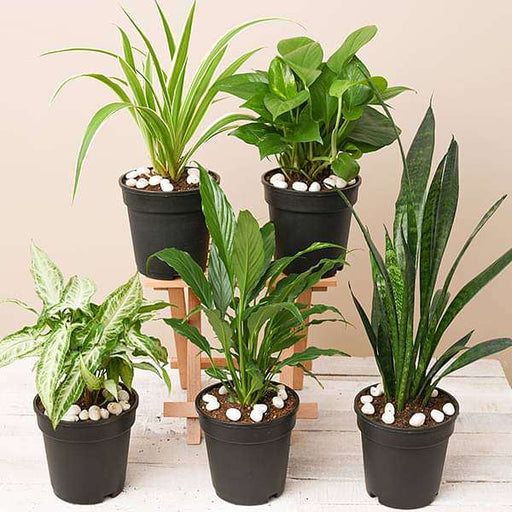
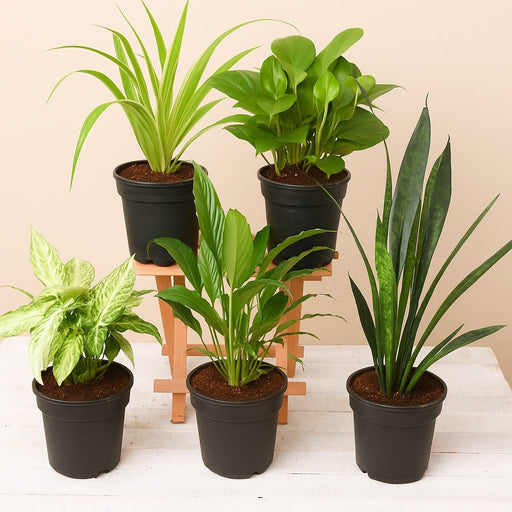 Save 30%
Save 30%
5 Best Indoor Plants Pack Transform your living space into a lush oasis with our '5 Best Indoor Plants Pack.' This carefully curated collection fe...
View full details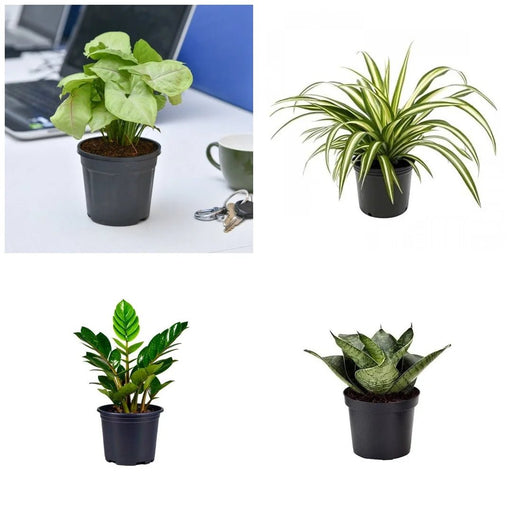
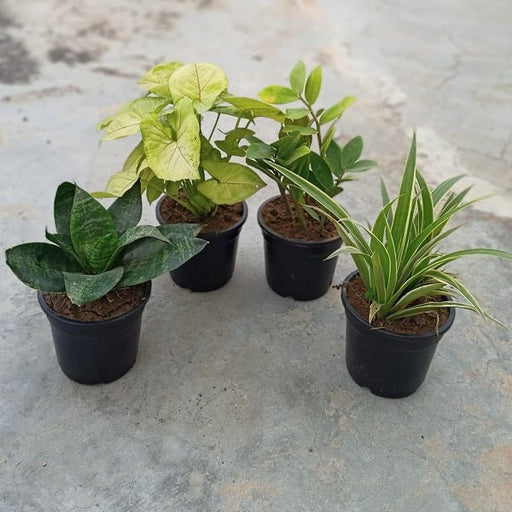 Save 25%
Save 25%
Set of 4 Evergreen Air Purifier Plant Pack Transform your indoor space into a lush, green oasis with our Set of 4 Evergreen Air Purifier Pla...
View full details| SrNo | Item Name |
|---|---|
| 1 | Wild Ginger, Asarum Canadense - Plant |
Wild Ginger, scientifically known as Asarum canadense, is a perennial herb native to the rich, moist woodlands of North America. This unique plant features heart-shaped leaves and produces small, cup-shaped flowers that are often hidden beneath the foliage. With its aromatic rhizomes, Wild Ginger has been cherished for centuries, both for its culinary uses and medicinal properties.
What makes Wild Ginger special is its ability to thrive in shaded areas, making it an excellent ground cover for woodland gardens. Its fragrant roots have been used in traditional medicine and cooking, offering a spicy flavor reminiscent of true ginger. This plant not only enhances the beauty of your garden but also supports local ecosystems by providing habitat for various wildlife.
One of the standout features of Wild Ginger is its adaptability to different soil types, as long as they are well-drained and rich in organic matter. Its low-growing nature and lush foliage create a stunning visual appeal, while its unique flowers attract pollinators, contributing to biodiversity.
If you think wild ginger is just a pretty face in the garden, think again! This little powerhouse is packed with benefits. It’s not just a ground cover; it’s a natural remedy for various ailments. From soothing digestive issues to acting as an anti-inflammatory, wild ginger has been the go-to for herbalists for centuries. Plus, it’s a great companion plant, helping to keep pests at bay. Who knew that a plant could be so multi-talented?
Caring for Asarum canadense is like having a pet that doesn’t need to be walked or fed. This low-maintenance plant thrives in shady spots and prefers moist, well-drained soil. Just give it a little love in the form of occasional watering, and it’ll reward you with lush foliage and delightful blooms. It’s the perfect plant for those who want to garden without the sweat—just sit back and let it do its thing!
Wild ginger loves to hang out in the cool, shady corners of your garden, much like that friend who avoids the sun. It thrives in rich, moist soil, often found in deciduous forests. This plant is a true introvert, preferring to keep its roots close to home. So, if you’re looking to create a woodland wonderland, wild ginger is your go-to plant for that authentic forest vibe.
Wild ginger isn’t just a pretty plant; it’s also a herbal superstar! Traditionally, it has been used to treat everything from colds to digestive issues. Its rhizomes can be brewed into a tea that warms you up from the inside out. Just remember, while it’s great for home remedies, it’s not a substitute for professional medical advice. So, sip that tea, but don’t forget to call your doctor if things get serious!
Want to spread the love of wild ginger? Propagation is as easy as pie! Simply divide the rhizomes in early spring or fall, and watch as your garden transforms into a wild ginger paradise. It’s like cloning your favorite plant without the sci-fi drama. Just plant the pieces in a shady spot, and soon you’ll have a lush carpet of green that’ll make your neighbors green with envy.
Who knew wild ginger could spice up your kitchen? While it’s not the same as the ginger you find in your spice rack, its leaves and rhizomes can add a unique flavor to dishes. Use it in salads or as a garnish to impress your dinner guests. Just remember, moderation is key—too much wild ginger can lead to a flavor explosion that might not be so pleasant!
wild ginger and regular ginger are not the same! While regular ginger (Zingiber officinale) is the star of your stir-fry, wild ginger (Asarum canadense) is more of a wallflower. It’s not used in cooking as much, but it’s a fantastic ground cover and has its own set of medicinal properties. So, while they may share a name, they’re like apples and oranges—both great, but for different reasons!
If you’re looking to add some pizzazz to your landscaping, wild ginger is your secret weapon. Its lush foliage creates a stunning backdrop for other plants, and it thrives in shady areas where other plants might sulk. Plus, it’s a great way to prevent soil erosion. So, go ahead and let wild ginger strut its stuff in your garden—it’s the unsung hero of landscaping!
Wild ginger is not just a pretty plant; it’s also a wildlife magnet! Birds, bees, and butterflies love to hang out in its shady embrace. By planting wild ginger, you’re not just beautifying your garden; you’re creating a sanctuary for local wildlife. It’s like throwing a garden party where everyone is invited—just make sure to have some snacks on hand!
Wild ginger is a bit of a diva when it comes to soil. It prefers rich, moist, well-drained soil that’s slightly acidic. If your garden soil is more like a desert, you might want to consider amending it with organic matter. Think of it as giving your wild ginger a luxurious spa treatment. After all, a happy plant is a thriving plant!
If you have a shady spot in your garden that’s looking a little sad, wild ginger is here to save the day! This plant thrives in low-light conditions, making it the perfect choice for those tricky areas where sunlight is scarce. It’s like the introverted friend who flourishes in cozy corners—just give it some moisture, and it’ll be the life of the party!
Wild ginger is not just a pretty face; it’s also a champion at preventing soil erosion. Its dense root system holds the soil in place, making it an excellent choice for slopes and shady areas. So, if you’re battling erosion in your garden, wild ginger is like the superhero you never knew you needed. Plant it, and watch your soil stay put while looking fabulous!
Wild Ginger, or Asarum Canadense, is a delightful perennial plant native to North America. With its heart-shaped leaves and unique, hidden flowers, it’s like the introverted cousin of the garden. It thrives in shady spots, making it a perfect ground cover for those shady nooks where other plants fear to tread.
Growing Wild Ginger is as easy as pie—if pie were a shade-loving, low-maintenance plant! Simply choose a shady spot with moist, well-drained soil, and plant the rhizomes about 2 inches deep. Water them occasionally, and watch as they spread their charming foliage, creating a lush carpet of green in your garden.
Wild Ginger isn’t just a pretty face; it’s a multitasker! It acts as a natural ground cover, suppressing weeds while adding beauty to your landscape. Plus, its roots have been used in traditional medicine, and the leaves can be a delightful addition to your herbal tea. Who knew a plant could be so versatile
Yes, but with a twist! While the roots of Wild Ginger can be used as a spice, they contain a compound called asarone, which can be toxic in large amounts. So, if you’re feeling adventurous, use it sparingly in culinary creations, but don’t go overboard—your taste buds and tummy will thank you!
Wild Ginger loves to hang out in shady, moist areas, like that one friend who avoids the spotlight. It thrives in rich, well-drained soil, often found in woodlands or under trees. If you can replicate that cozy environment in your garden, you’ll have a happy little plant that flourishes year after year.
Caring for Wild Ginger is like nurturing a low-maintenance pet. Just ensure it has plenty of shade and moisture, and it’ll be content. Mulching helps retain soil moisture, and occasional watering during dry spells keeps it happy. Prune any dead leaves, and you’ll have a thriving plant that requires minimal fuss.
Absolutely! Wild Ginger is like the popular kid in school, attracting all sorts of wildlife. Its flowers, though hidden, are a favorite among pollinators like bees and butterflies. Plus, its lush foliage provides shelter for small critters. Plant it, and you’ll have a bustling ecosystem right in your backyard!
Fear not! Wild Ginger is more of a gentle spreader than an invasive menace. While it can spread through rhizomes, it’s not known to take over gardens like some other plants. With a little management, you can enjoy its beauty without worrying about it staging a hostile takeover of your flower beds.
Wild Ginger blooms in the spring, but don’t expect a flashy show. Its flowers are shy, hiding beneath the leaves and resembling little brownish-purple bells. They may not steal the spotlight, but they add a unique charm to your garden. So, keep your eyes peeled for this understated beauty!
Yes, but with caution! Wild Ginger has a history in traditional medicine, often used for digestive issues and respiratory ailments. However, it’s essential to consult a healthcare professional before diving into herbal remedies. Remember, just because it’s natural doesn’t mean it’s always safe—better safe than sorry!
Wild Ginger is the perennial champion of longevity, often living for many years—sometimes even decades! With the right care, it’ll keep coming back year after year, providing you with its lovely foliage and subtle blooms. It’s like having a loyal friend in your garden, always ready to brighten your day.
Yes, you can! Propagating Wild Ginger is as easy as pie—just like growing it! You can divide the rhizomes in early spring or fall. Simply dig them up, separate the healthy sections, and replant them in your desired location. Soon, you’ll have more of this charming plant to share with friends or expand your garden!